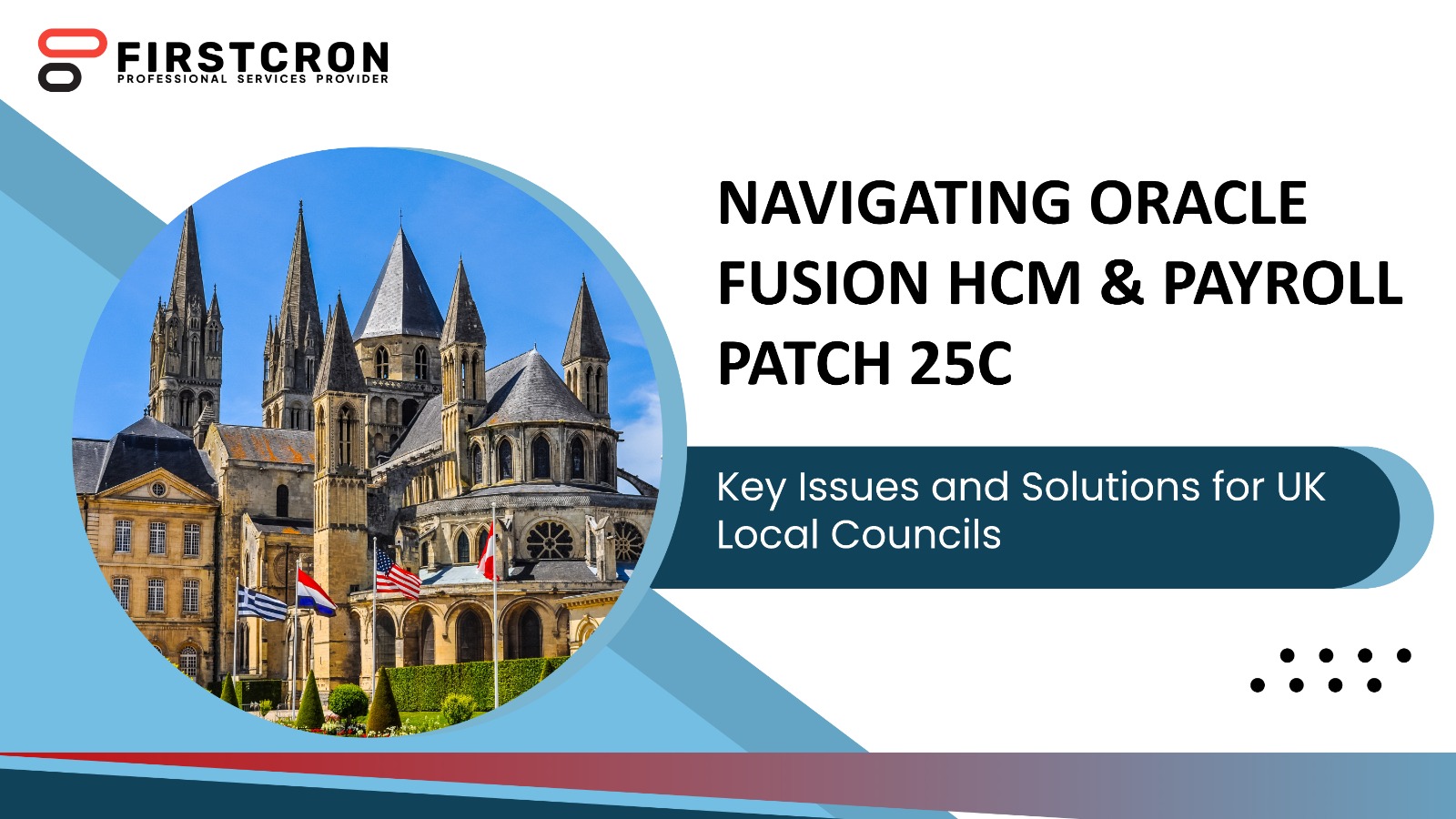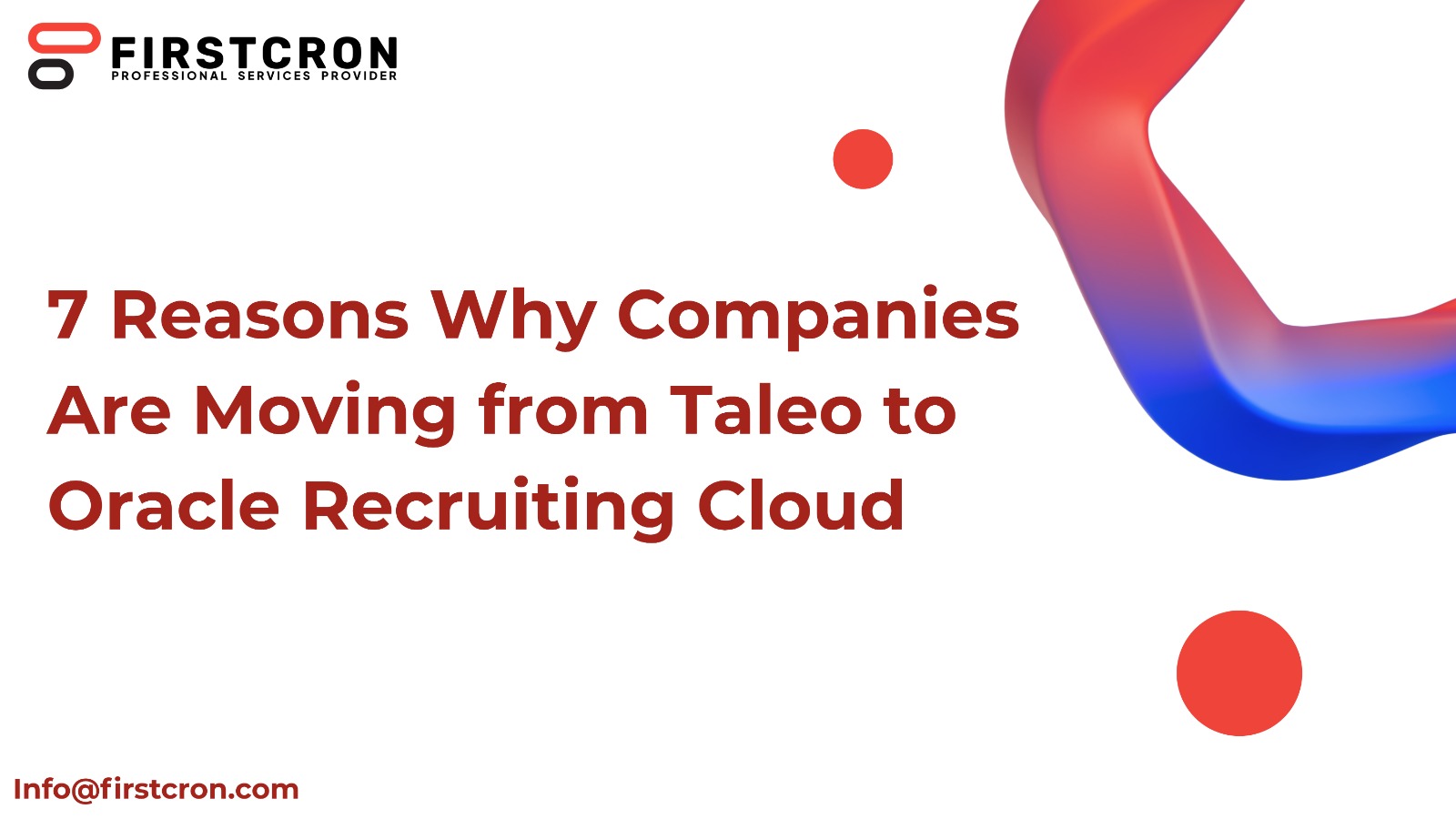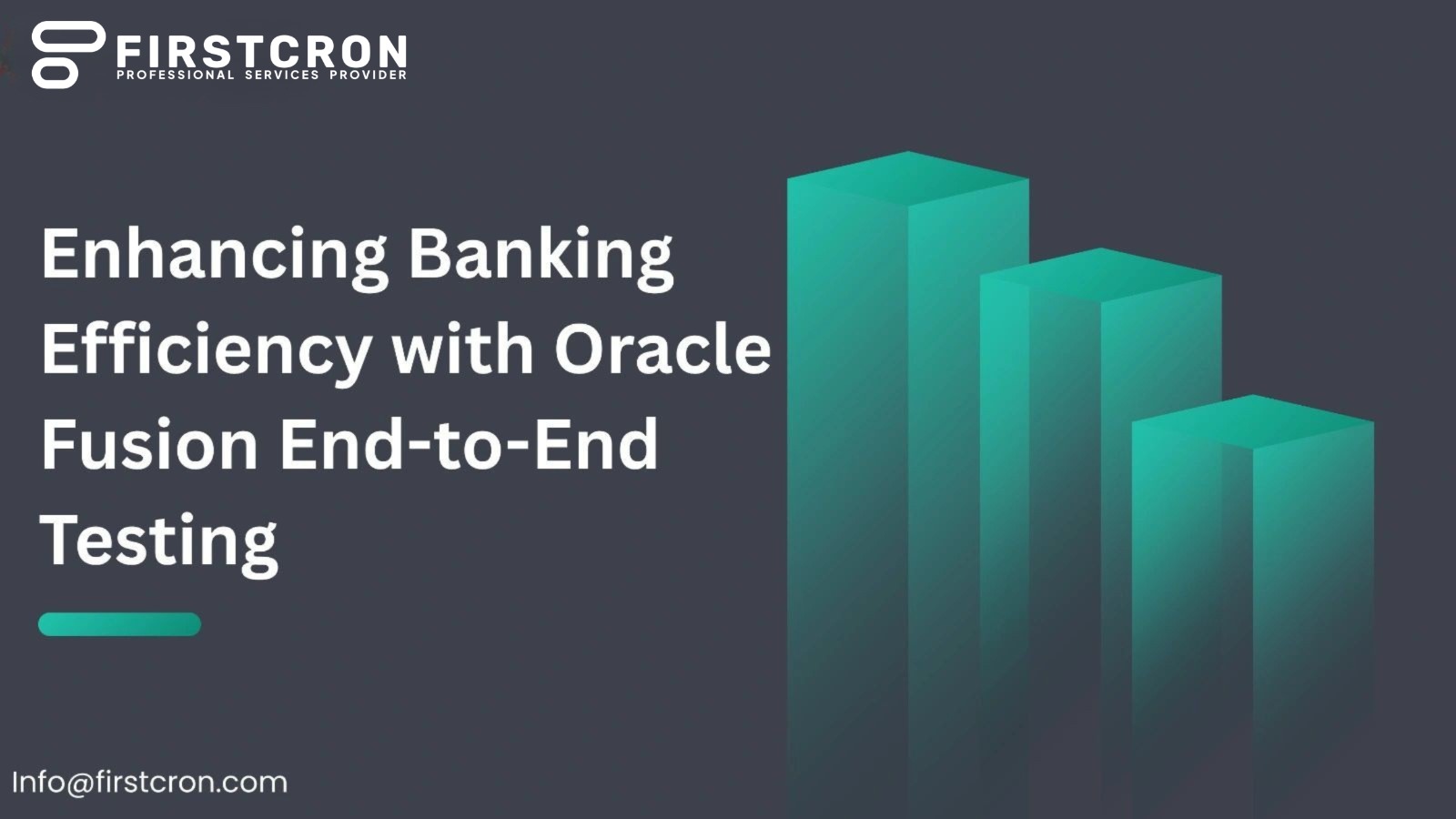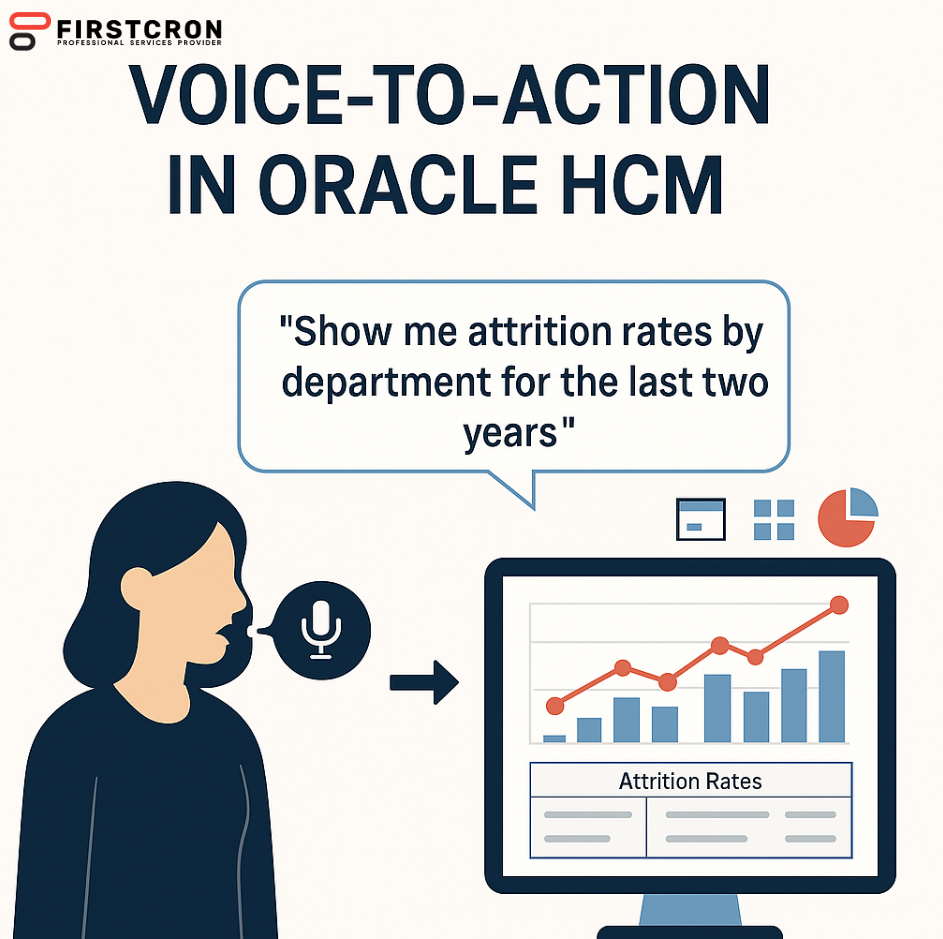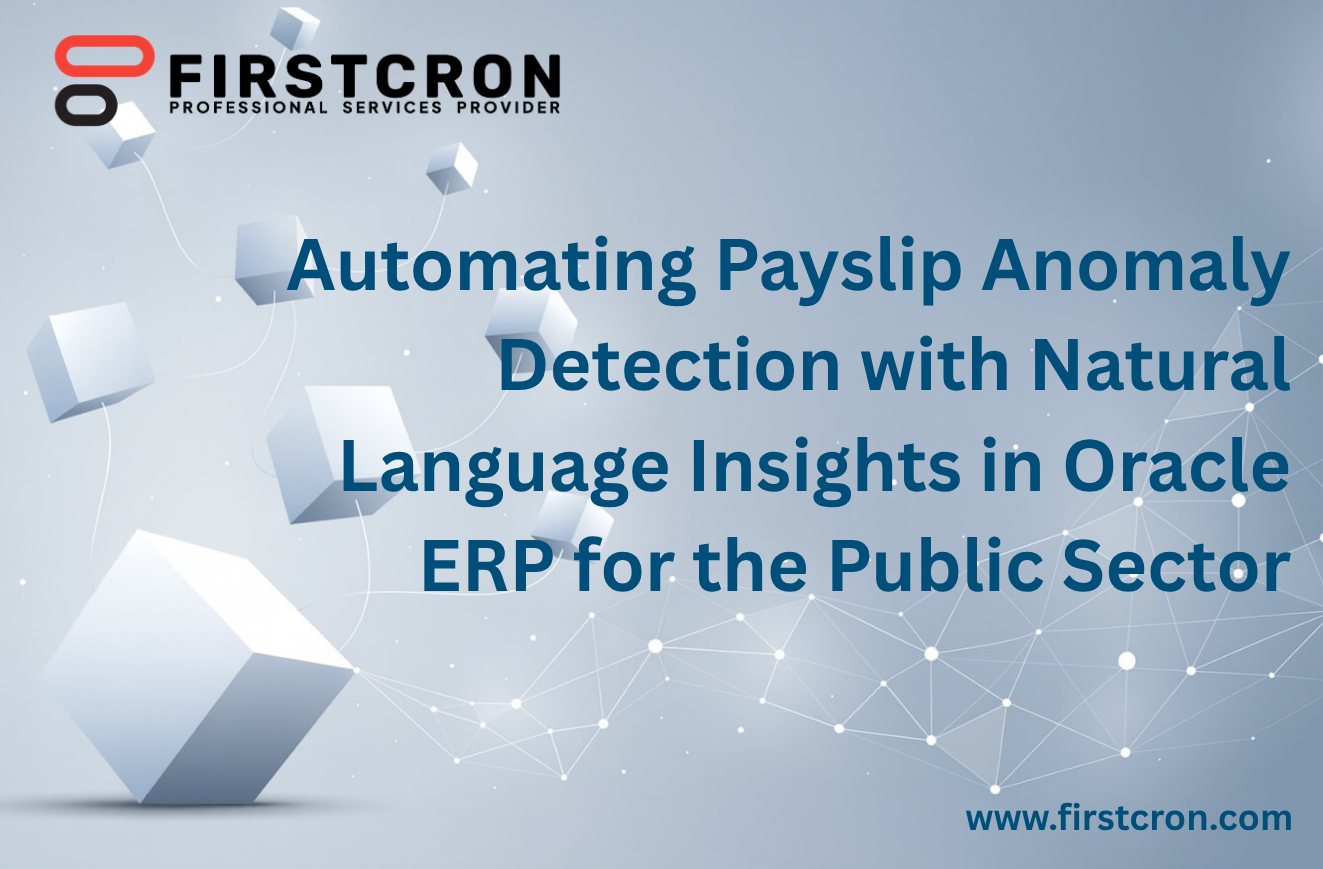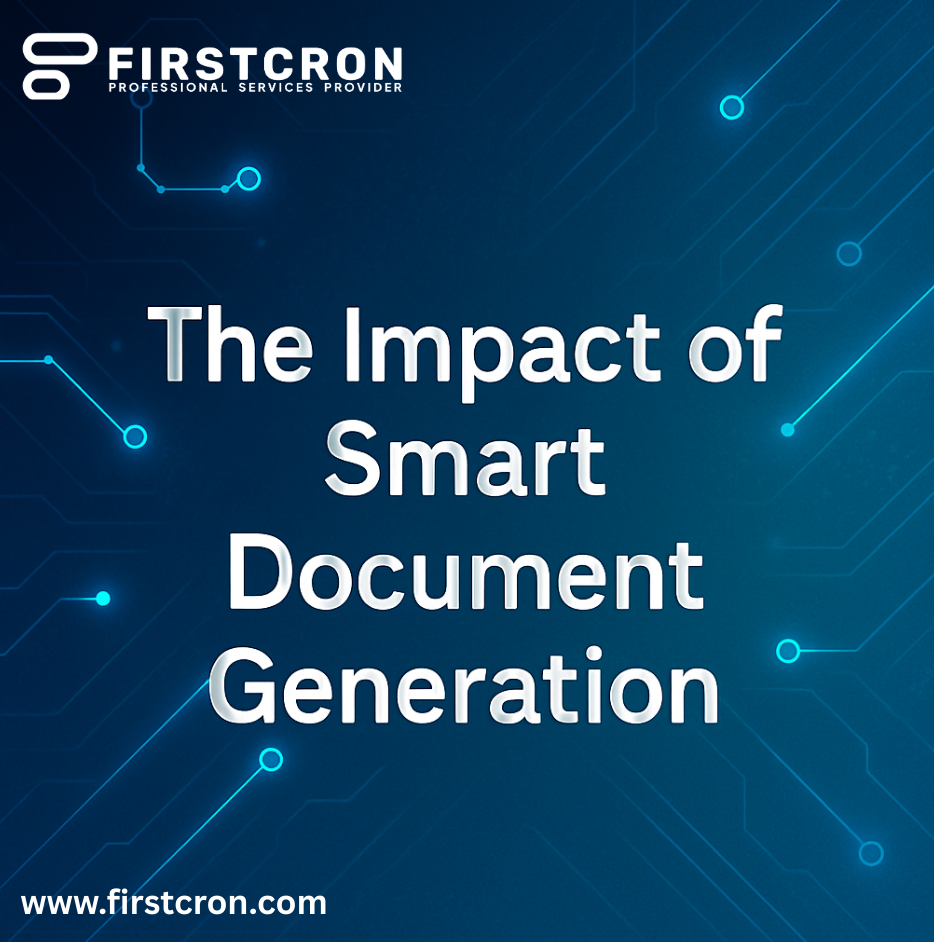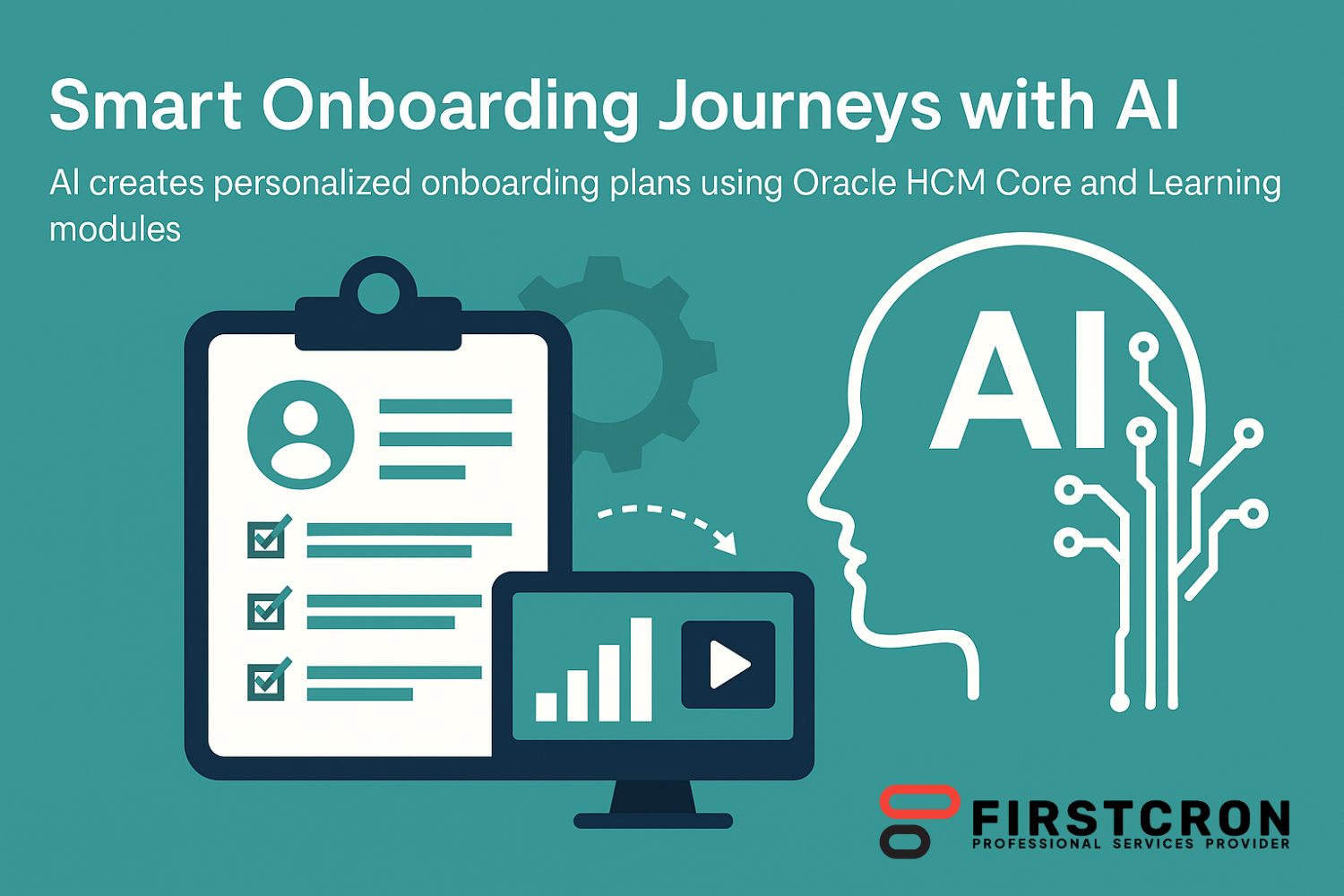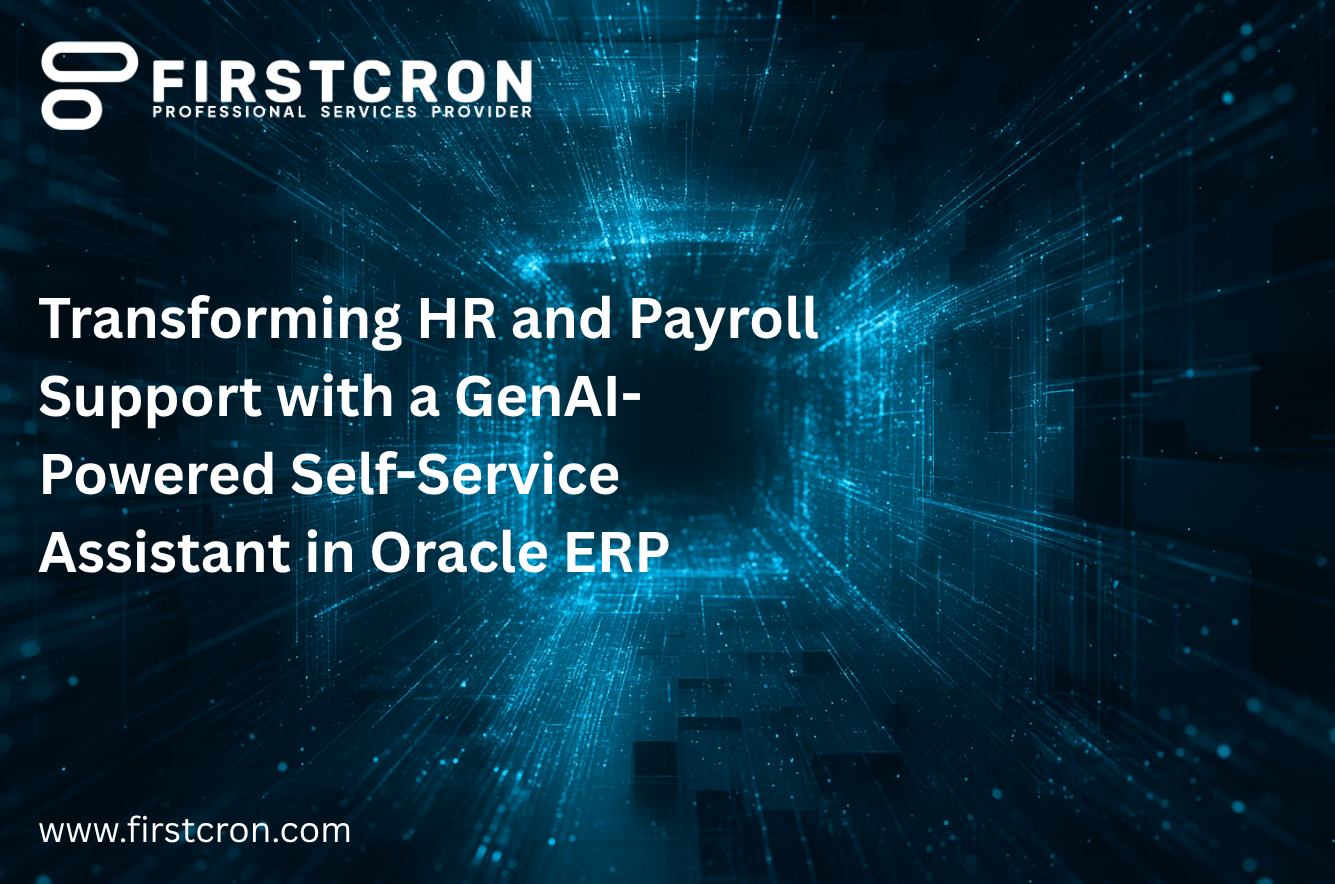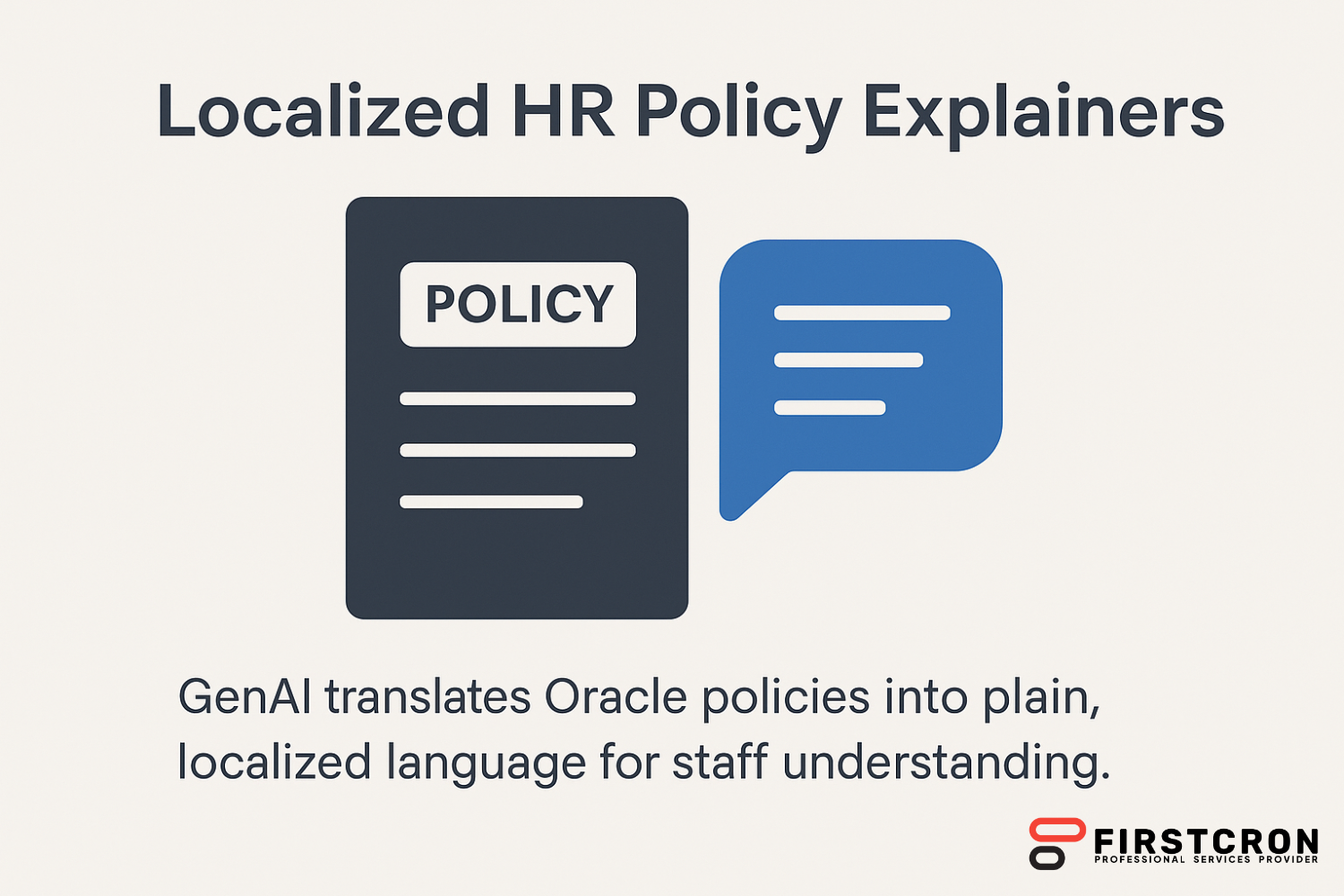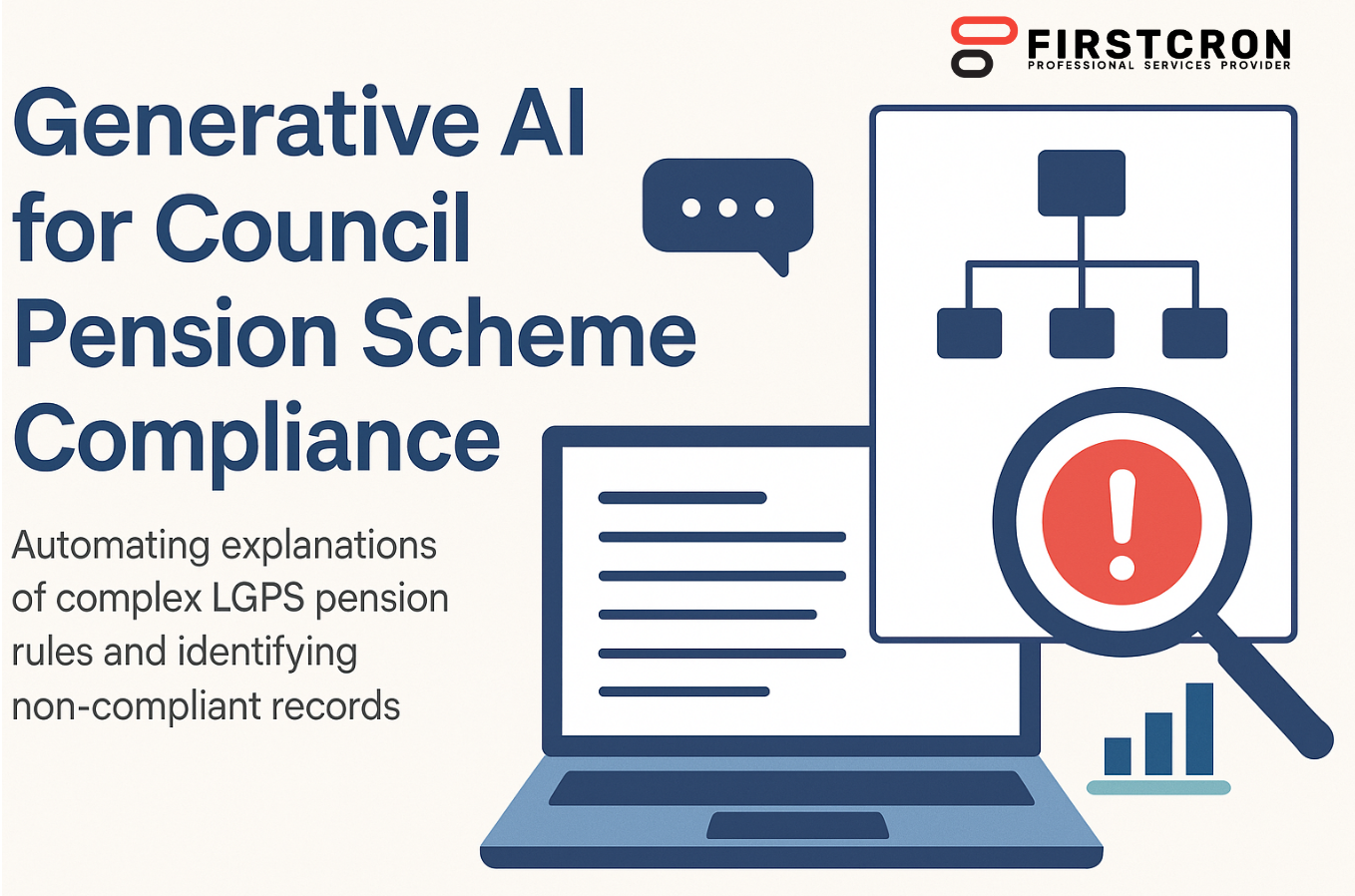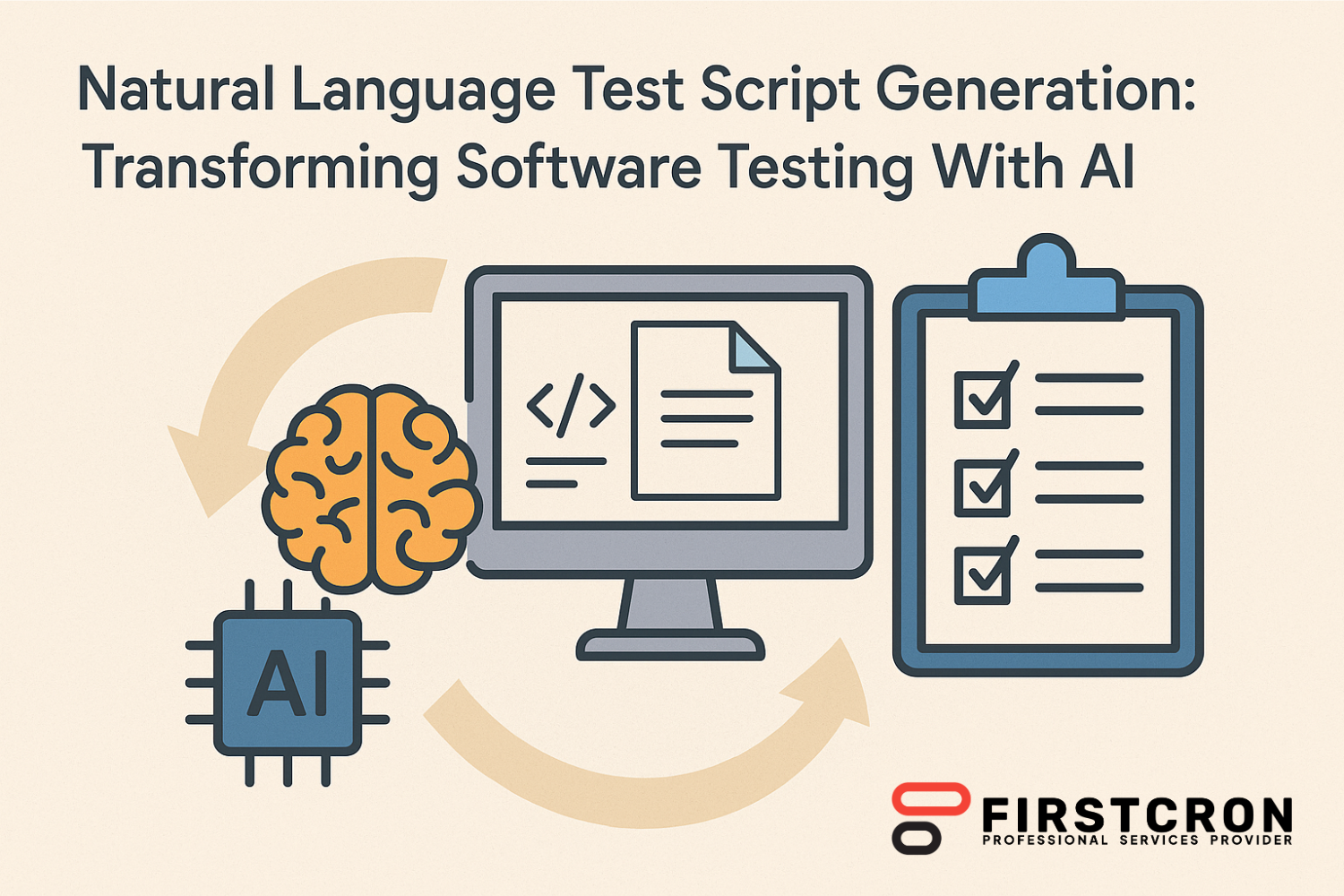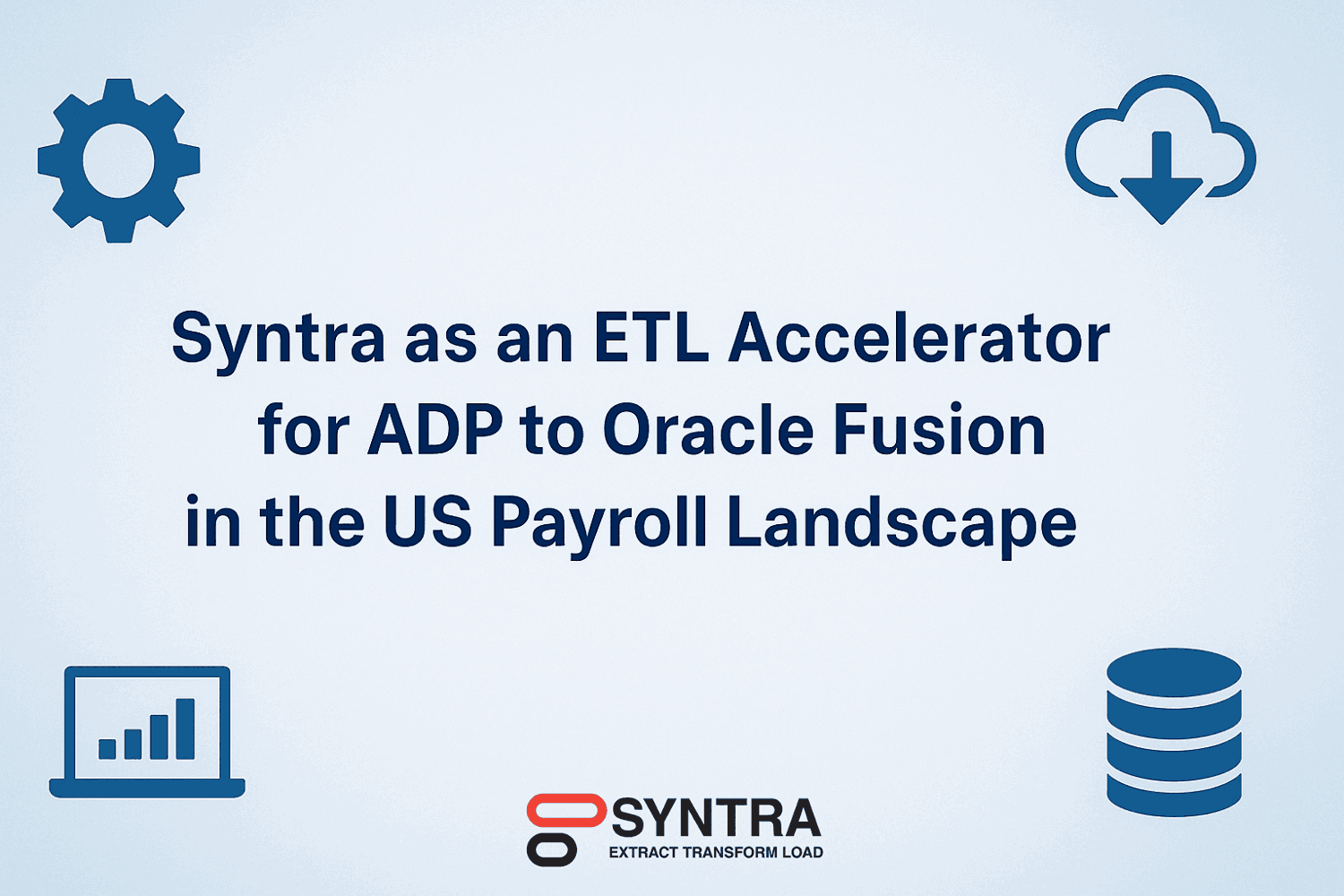
In the United States, organizations that rely on large payroll and HCM ecosystems face a difficult challenge when moving data between platforms. Mid to large employers in the country often work with providers like ADP and Paycom, while many of them either run Oracle Fusion as the system of record or plan to migrate toward it. The problems begin when human resources and payroll data needs to be extracted, cleaned, standardized, and loaded into Oracle Fusion in a way that supports payroll processing, compliance, reporting, and workforce management without manual effort or downstream errors.
Syntra is a specialized ETL tool designed to solve this problem. It focuses on the extraction, transformation, and loading of core HR and payroll data from ADP systems into Oracle Fusion. The approach is not only limited to ADP but fits the broader context of US payroll vendors because the challenges and data structures are similar across providers like Paycom. The conceptual architecture is based on what is outlined on syntra.firstcron.com, where automation, data mapping, and reusable transformation logic are seen as key benefits.Rather than building dozens of point-to-point scripts or handling files manually, Syntra offers a structured framework that reduces time spent cleaning data and resolving rejections in Oracle payloads. It also lays the groundwork for eventual consolidation, especially for organizations that started on Paycom or other payroll systems before transitioning certain entities or divisions to Oracle Fusion.
In this blog we’ll cover
- Why ETL Matters For US Based Payroll And HCM Systems
- Key Business Drivers For ETL Using Syntra
- High Value Objects That Require Transformation
- The One Bullet List
- The Role Of Transformation Rules In Reducing Errors
- The Table Of Core Objects And Transformation Focus
- ADP Data Extraction And Oracle Loading
- Including Paycom In The Ecosystem
- Saving Time And Reducing Risk
- Conclusion
Why ETL Matters For US Based Payroll And HCM Systems
US payroll and HR environments are complex because laws, payroll taxes, garnishment rules, and benefit configurations vary by state and employer size. ADP and Paycom both serve mid-market and enterprise clients that must manage accurate employee status, compensation details, deductions, and cost centers. When Oracle Fusion becomes the downstream target for that data, formatting consistency and field logic become essential.
An ETL layer ensures data is not just moved from one platform to another but reshaped to match the target schema. Without that step, errors can surface in cost allocation, benefit eligibility, employee master conversion, and payroll calculations. What Syntra does is create a replicable process for handling transformations at scale, especially for recurring payroll cycles.
While Paycom is not the system Syntra primarily extracts from, many organizations maintain a dual environment for some time or run separate parts of their workforce in each system. The transformation requirements remain the same across ADP and Paycom when the destination is Oracle Fusion.
Key Business Drivers For ETL Using Syntra
HR and payroll stakeholders in the US market want to eliminate manual file adjustments and ensure faster conversions. They also want standardized formats that align with Oracle Fusion modules for Core HR, Payroll, Time and Labor, and Benefits. With increasing digital transformation goals, the need to reduce help desk escalations and data reconciliation grows.
Syntra focuses on extracting data from an upstream system like ADP, applying reusable rules for mapping and formatting, and then loading it cleanly into Oracle. For organizations preparing to sunset legacy payroll platforms or integrate multiple vendors, the repeatability of the process makes it more practical than merging spreadsheets or rewriting transformation logic each time.
High Value Objects That Require Transformation
The US market has consistent object categories that require careful transformation for Oracle Fusion. Some of the most important ones include:
- Employee personal and employment data
- Jobs, positions, and departments
- Compensation elements and pay rates
- Taxes, deductions, and benefits
- Time and labor entries
- Costing and general ledger codes
- Year to date and historical balances
- Pay groups and payroll frequencies
These objects vary slightly between ADP and Paycom, but the transformation principles remain the same. Syntra standardizes them to Oracle Fusion formats, ensuring the incoming files are fully aligned with delivered loaders or HCM Data Loader jobs.
The One Bullet List
Here is the single bullet list summarizing where time and effort are most often wasted without an ETL solution:
The Role Of Transformation Rules In Reducing Errors
Without an automated transformation layer, payroll teams often handle the same type of data fixes in spreadsheets or flat file editors. Each pay cycle or data load can generate new exceptions if the mapping is not centralized. Syntra handles tasks such as merging multiple fields into a single Oracle attribute, converting legacy codes into standardized values, applying date formatting, and resolving multi state tax data. The tool creates a consistent approach, so updates are easier to maintain as data changes over time.
Organizations that eventually migrate from Paycom to ADP or from ADP to Oracle can reuse the transformation logic rather than restarting the mapping effort in each environment.
The Table Of Core Objects And Transformation Focus
| Object Type | Key Transformation Focus | Resulting Benefit |
|---|---|---|
| Employee Data | Normalize personal and job fields | Fewer rejections on loading |
| Compensation Elements | Map pay types and rates accurately | Correct payroll calculations |
| Deductions and Taxes | Standardize codes and state specifics | Reduced compliance errors |
| Time and Labor | Convert punches and apply rules | Cleaner integration with Oracle Time |
| Costing Information | Translate cost centers and ledger segments | Accurate financial postings |
By focusing on these high impact areas, Syntra ensures data consistency, compliance with US requirements, and alignment with payroll processing cycles.
ADP Data Extraction And Oracle Loading
Extracting data from ADP involves reading structured files or using available export mechanisms. Syntra uses either scheduled runs or triggered extractions based on organizational needs. Once data is retrieved, transformations are applied according to validated mappings and formatting rules. Finally, the output is packaged into files or payloads suitable for Oracle Fusion HCM loaders.
This approach prevents misalignment between the downstream modules. For US employers, it also helps maintain consistent federal and state tax attributes. The minimized error count speeds up payroll close and reduces interruptions from data load exceptions.
Including Paycom In The Ecosystem
Although the primary focus of Syntra is ADP to Oracle Fusion, Paycom is a major payroll and HCM provider for US based organizations. Many HR teams transition from Paycom to Oracle or operate both during a phased rollout. In such cases, the same transformation logic applies because the data from Paycom shares similar constructs. The ETL approach ensures smooth mapping of employee data, pay components, and tax codes when preparing for a full Oracle load.
This matters especially for mid sized enterprises that grow through acquisition or modernize their HR infrastructure in phases. Unified transformation rules avoid rework and help maintain a single source of truth during cross platform transitions.
Saving Time And Reducing Risk
Automating ETL with Syntra reduces manual intervention by replacing ad hoc spreadsheets and scripts. Data teams no longer scramble to fix errors during each import cycle. Instead, transformations handle the proactive formatting and mapping of values before the load. This setup also supports testing environments for Oracle, giving HR and payroll teams control over validation and correction procedures in advance.
In the US environment, payroll is tied to strict deadlines and regulatory reporting. If data arrives incomplete or in the wrong format, entire payroll runs can be delayed. Syntra clears the route for accurate and timely loading so compliance and tax submissions remain uninterrupted.
Conclusion
Syntra provides a strong ETL framework for moving HR and payroll data from ADP to Oracle Fusion in the United States. With a specific focus on core objects like employee records, taxation, compensation, and time entries, it removes significant manual cleanup and reduces the risk of load failures. The tool fits the typical needs of mid to large employers that manage complex payroll structures, cross state regulation, and enterprise integration requirements. It also aligns with the broader ecosystem where Paycom and ADP often coexist or transition to Oracle Fusion over time.
By standardizing data extraction, reusable transformation logic, and controlled loading, Syntra shortens project timelines and simplifies ongoing operations. The attention to US payroll details makes it particularly relevant for companies that need accuracy, speed, and consistency in their HR technology stack.
Tags
Related Post
Navigating Oracle Fusion HCM & Payroll Patch 25C: Key Issues And Solutions For UK Local Councils
July 26th, 2025 10 min read
Navigating Oracle Fusion HCM & Payroll Patch 25A: Key Considerations For UK Local Councils
July 27th, 2025 10 min read
7 Proven Oracle Fusion Testing Principles To Guarantee Defect-Free Cloud Deployments
May 16th, 2025 15 min read
7 Reasons Why Companies Are Moving From Taleo To Oracle Recruiting Cloud
June 2nd, 2025 14 min read
How End-to-End Testing Of Oracle Fusion Enhances Operational Efficiency In Banking
May 23rd, 2025 11 min read
5 Business Benefits Of Investing In AI-Powered Performance Oracle Fusion Testing
May 5th, 2025 11 min read
WEEKEND READS
Voice-to-Action In Oracle HCM: Transforming HR Queries Into Intelligent Actions With GenAI
September 5th, 2025 23 min read
Automating Payslip Anomaly Detection With Natural Language Insights In Oracle ERP For The Public Sector
August 27th, 2025 24 min read
Transforming HR Efficiency With Smart Document Generation In Oracle ERP
August 30th, 2025 17 min read
Smart Onboarding Journeys With AI: Personalized Employee Integration Through Oracle HCM Core And Learning
September 13th, 2025 21 min read
Kicking Off A 5TB Archival Journey — From Legacy Systems To Smart Storage
August 8th, 2025 3 min read
Transforming HR And Payroll Support With A GenAI-Powered Self-Service Assistant In Oracle ERP
August 26th, 2025 21 min read
Localized HR Policy Explainers: How GenAI Translates Oracle Policies Into Plain Language
September 12th, 2025 15 min read
Successful Data Migration Completed — Now Live On Oracle Fusion
August 12th, 2025 4 min read
Generative AI For Council Pension Scheme Compliance
September 6th, 2025 18 min read
Natural Language Test Script Generation: Transforming Software Testing With AI
September 11th, 2025 24 min read






